Understanding money is no longer optional; it’s a necessity. In 2025, understanding basic financial terminology is one of the most valuable skills you can have, whether you’re managing personal expenses, exploring investment opportunities, or navigating the world of Forex and crypto. However, financial jargon can often feel overwhelming, especially if you’re just starting out.
This guide covers financial terms every beginner should know, from basic concepts like assets and liabilities to more complex terms like ETFs and ROI. By building a strong vocabulary, you’ll gain the confidence to make informed decisions and avoid common financial mistakes right from the start.
1. Why it’s important to learn basic financial terminology
In a world where financial decisions affect nearly every part of our lives, understanding key financial terminology isn’t just helpful; it’s essential. Whether you’re saving for a rainy day, planning for retirement, or taking your first steps into the Forex or stock market, financial literacy gives you the confidence to manage your money smartly and avoid costly mistakes.

Financial terms are more than just jargon. They shape your understanding of income, investment, debt, taxes, and risk. Mastering them is your first step toward informed financial decisions and long-term success.
2. Financial terms every beginner should know in 2025
Before diving deeper into investing or trading, take time to understand the fundamental concepts outlined below. These terms are presented alphabetically to help you build a strong foundation.
A
Accounts payable – Short-term debts a company needs to pay, such as utility bills or supplier invoices.
Accounts receivable – Funds that a company expects to receive from clients who have purchased goods or services on credit but have not yet made payment.
Accrual accounting – An accounting method that records revenues and expenses when they are earned or incurred, not when cash changes hands.
Amortisation – The gradual reduction of an intangible asset’s value over time, such as patents or trademarks.
Assets – Anything of value owned by an individual or business that can generate income or be converted into cash.
Audit – A thorough review conducted by an impartial party to verify the correctness of financial statements and ensure they follow relevant regulations and standards.
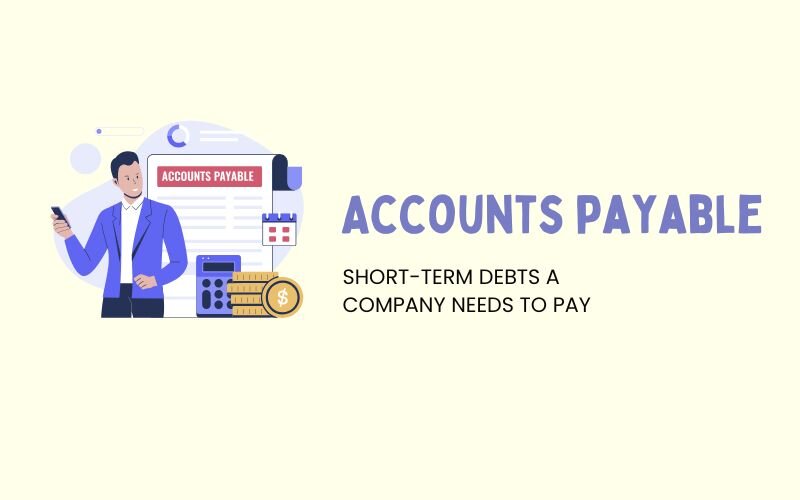
B
Bad debts – Unpaid amounts that are unlikely to be collected.
Balance sheet – A financial snapshot of assets, liabilities, and equity at a specific point in time.
Balloon payment – A large final payment due at the end of a loan’s term.
Bank reconciliation – Matching a business’s internal records with its bank statements to ensure consistency.
Bankruptcy – A legal process for individuals or businesses that can no longer meet their debt obligations.
Benchmarking – The process of measuring a company’s financial performance by evaluating it against industry norms or rival businesses.
Bookkeeping – The routine task of documenting a business’s financial activities on a day-to-day basis.
Break-even point – The point at which a company’s income matches its total costs, resulting in neither profit nor loss.
Budget – A financial plan detailing income and expenses over a set period.
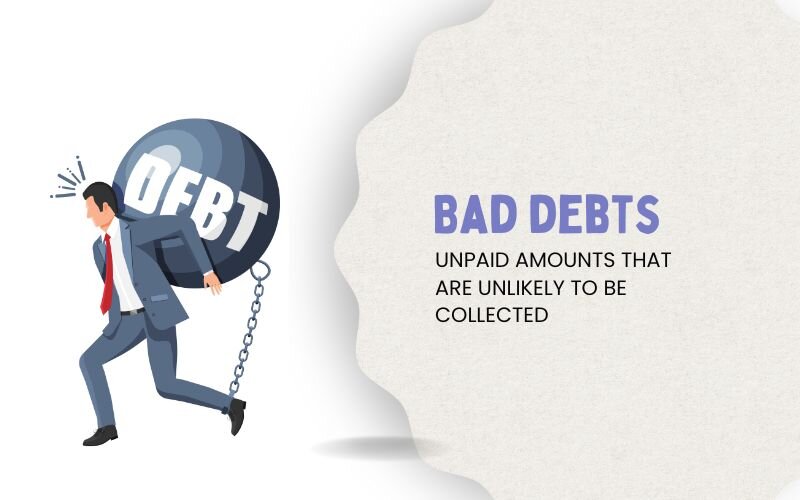
C
Capital – Money or assets invested in a business.
Capital gain – The earnings made when an asset is sold at a price higher than what it was originally bought for.
Cash flow – The overall amount of money being received and spent by a business over a specific period.
Collateral – Property or valuables pledged by a borrower to back a loan and reduce the lender’s risk.
Cost of Goods Sold (COGS) – The direct expenses incurred in creating products or delivering services, such as materials and labor.
Credit – An agreement to obtain goods or services with a promise to pay later.
Credit score – A rating that reflects an individual’s ability to repay debt.
Crowdfunding – Raising funds for a business or project via small contributions from many individuals, often through online platforms.
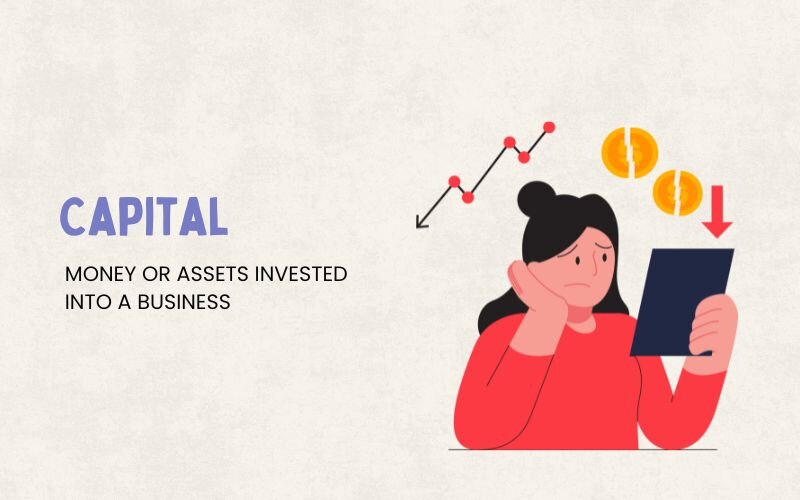
D
Debt – Money borrowed and expected to be paid back with interest.
Depreciation – The gradual reduction in the worth of a tangible asset as it ages or is used.
Disbursement – Funds paid out by a business or financial entity.
Diversification – The strategy of allocating investments among different types of assets to minimize potential losses.
Dividend – A share of a company’s profits distributed to its shareholders.

E
Equity – The remaining interest or value in an asset or company once all debts and obligations have been subtracted.
Exchange rate – The value that determines how much one currency is worth in terms of another.
ETF (Exchange-Traded Fund) – A fund that holds a collection of assets and trades like a stock.
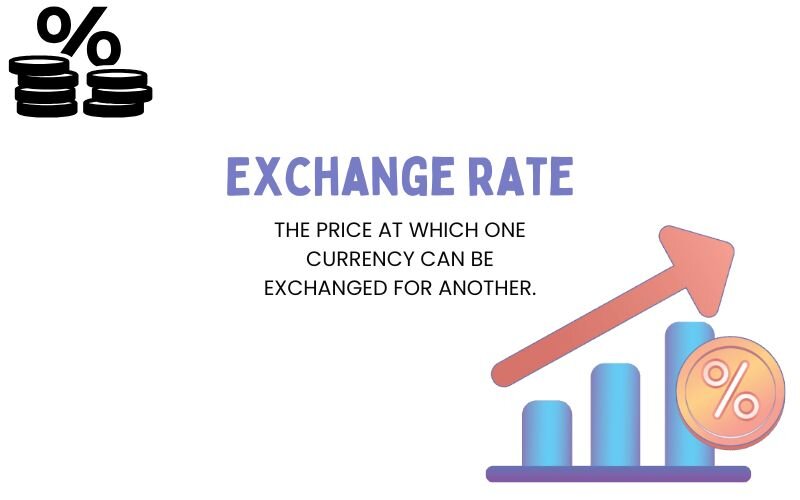
F
Factoring – The process of transferring unpaid invoices to an external company in exchange for quick cash.
Fixed costs – Expenses that stay the same no matter how much a company produces.
Float – The number of shares offered to public investors when a company transitions from private to public ownership.
Forex (Foreign Exchange) – The worldwide marketplace where different currencies are bought and sold.
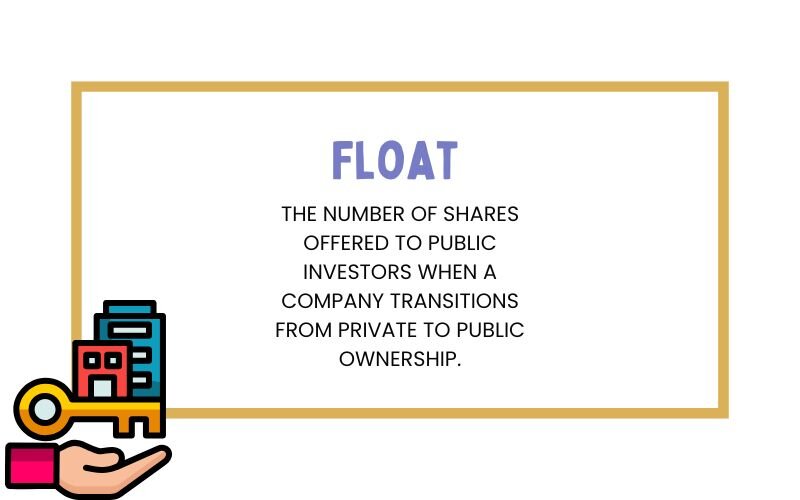
G
Gross income – The overall earnings earned before any taxes or deductions are applied.
Gross domestic product (GDP) – An indicator that represents the total value of goods and services produced within a country’s economy.
H
Hedging – A technique used to protect investments by minimizing potential financial losses.
I
Inflation – The pace at which prices for goods and services increase over time.
Interest rate – The percentage charged on borrowed money as the cost of a loan.
Investment – An asset purchased with the goal of earning income or increasing in value.

L
Liabilities – Money that an individual or business owes to others.
Liquidity – The ease with which an asset can be turned into cash without significantly affecting its price.
M
Market capitalization – The combined market value of all a company’s outstanding shares.
Mortgage – A type of loan used to purchase real estate, with the property serving as collateral.
N
Net income – The profit remaining after deducting all expenses, taxes, and costs.
Net worth – The value left when total liabilities are subtracted from total assets.
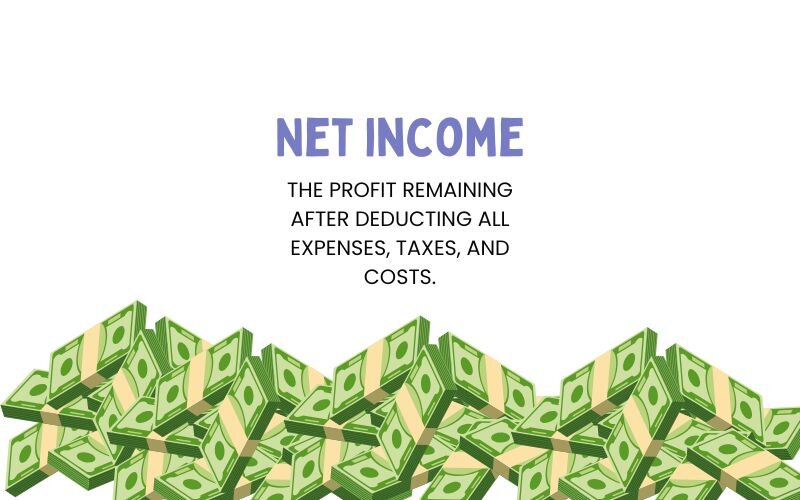
O
Overdraft – An arrangement that lets bank customers withdraw funds beyond their available balance.
Operating expenses – Regular costs incurred in the daily running of a business.
See more related articles:
P
Principal – The initial sum of money borrowed or invested, not including any interest.
Profit and loss statement (P&L) – A report that outlines a company’s income, expenses, and profits over a specific time frame.
R
Return on investment (ROI) – A metric used to evaluate how much profit is earned from an investment relative to its cost.
Risk tolerance – The degree to which an investor is prepared to handle potential financial losses.
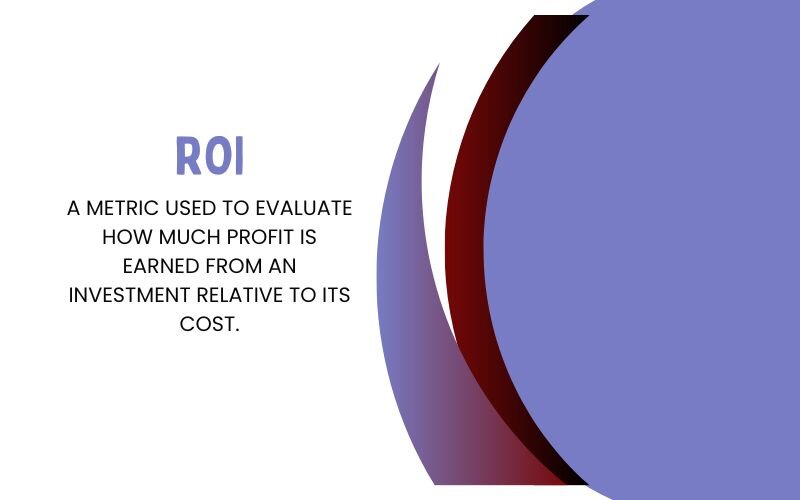
S
Shares – Units that represent a stake of ownership in a company.
Stock exchange – A platform where buyers and sellers trade securities.
T
Tax – Mandatory contributions that individuals or businesses must pay to the government.
Trading volume – The total amount of shares or contracts exchanged within a market.
V
Volatility – The extent to which the price of an asset fluctuates over a period.
W
Withholding tax – Tax deducted at the source from income and remitted to the government by the payer.

3. Core financial concepts to strengthen your knowledge
Once you master the terms above, you’re ready to build on your knowledge with core concepts that shape the financial world. These include compound interest, diversification, inflation, market cycles, and asset allocation.
Mastering these basics empowers you to:
- Evaluate investment options more wisely
- Plan long-term financial goals
- Choose actions that match your comfort level with risk.

These concepts are especially important for those interested in more advanced fields like Forex, stocks, or cryptocurrencies.
4. Common financial mistakes beginners can avoid
Understanding the terminology is only the first step. Using it accurately is a different challenge. A lot of newcomers fall into common, preventable errors, including:
- Not budgeting: Without a clear budget, it’s easy to overspend.
- Ignoring interest rates: Loans and credit cards can quickly become expensive if mismanaged.
- Following hype: Buying assets because they’re trendy, without understanding their value or risk.
- Not diversifying: Investing all your funds in a single asset increases risk.
- Delaying investing: Waiting too long to start building wealth reduces the benefits of compounding.

5. Where to learn more: trusted financial resources & tools
In the world of finance, being informed is a major advantage. Continue your journey by exploring these trusted platforms:
- H2T Funding – In-depth guides, comparison tools, and trading strategies.
- Investopedia – Comprehensive financial definitions and tutorials.
- ASIC’s Moneysmart – Government-backed guidance on personal finance.
- Babypips – Especially useful for Forex traders and beginners.

6. Conclusion: Financial knowledge builds confidence
Building a solid understanding of basic financial terminology empowers you to navigate decisions with more confidence, whether in daily spending or long-term investing. The list of financial terms every beginner should know serves as your first toolkit in navigating the complex world of finance.
By understanding the language of money, you lay the groundwork for smarter budgeting, better investment strategies, and more confident decision-making. Keep this glossary handy, revisit it often, and continue expanding your knowledge through trusted resources like Budgeting Strategies of H2T Funding.




![Topstep Trades Closed By What Time [New Updated Guide]](https://cdn.h2tfunding.com/wp-content/uploads/Topstep-Trades-Closed-By-What-Time-New-Updated-Guide-768x429.jpg)
